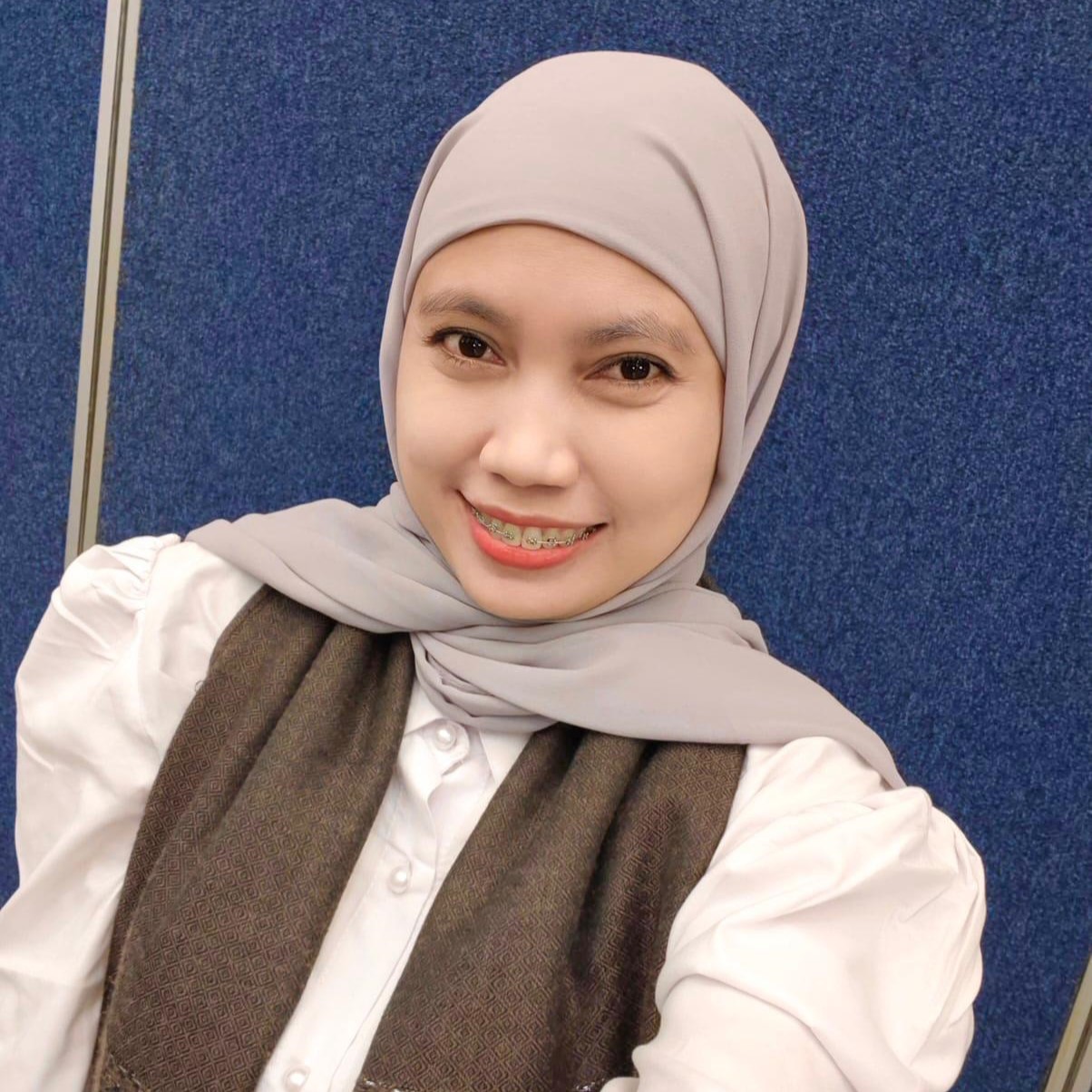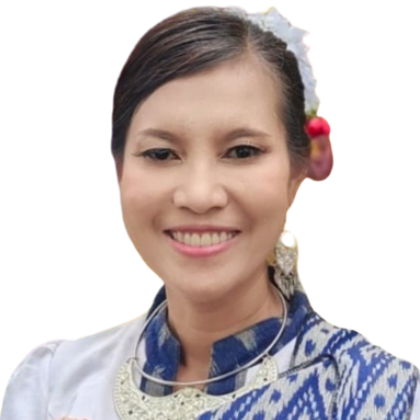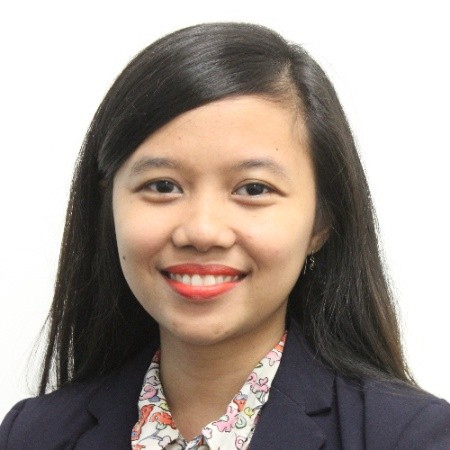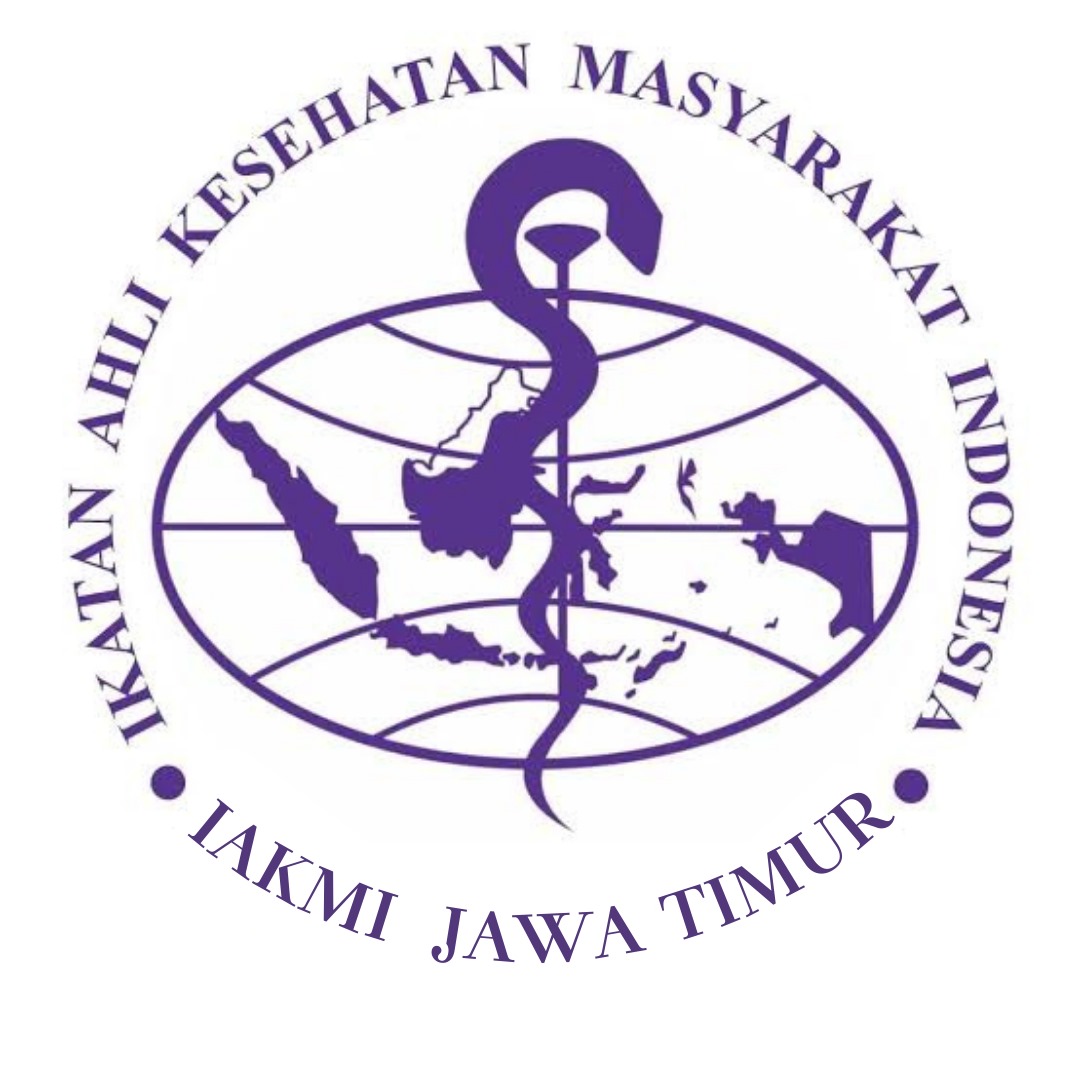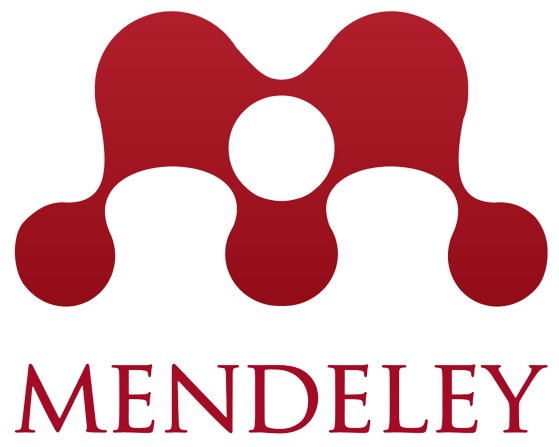Social Support as Promotor the Success of Exclusive Breastfeeding for Working Mothers to Prevent Stunting in Indonesia

Background: The current stunting prevalence rate in Indonesia is below the target of the National Medium Term Development Plan (RPJMN) 2020-2024, in which accounted 21.1% in 2021 and 14% in 2024. One of the efforts to eradicate stunting is exclusive breastfeeding. On the other hand, working mothers are more prone to fail to provide exclusive breastfeeding, as a result, the risk of stunting in infants with working mothers is higher. Thus, to promote exclusive breastfeeding for working mothers is social support
Objectives: To review various literatures in the form of journal articles that discuss social support and the success of exclusive breastfeeding for working mothers in Indonesia.
Methods: This research method was qualitative analysis by doing a literature review derived from published research articles. Articles acquired through Google Scholar database, Neliti, Pubmed and Science Direct. Article searches are using variations and combinations of the following Indonesian words "Dukungan”, "ASI Ekslusif”, and "Ibu Bekerja”, while article searches in English use the keywords "Support”, "Breastfeeding”, "Mother”, "Woman”, "Workers”, and "Employments”.
Discusssion: Ten articles were obtained from the selection of inclusion and exclusion criteria. The result shows that five sources of social support that are related to the success of exclusive breastfeeding for working mothers are the support from these following parties, husband, family (other than husband), caregiver, supervisor or co-worker and health worker support.
Conclusions: Social support for breastfeeding mothers who work can help the success of exclusive breastfeeding for toddlers.
Abdullah, G.I. dan Ayubi, D. (2013) "Determinan Perilaku Pemberian Air Susu Ibu Eksklusif pada Ibu Pekerja,” Kesmas: National Public Health Journal, 7(7), hal. 298. Tersedia pada: https://doi.org/10.21109/kesmas.v7i7.27.
Andriani, D.A.R. dan Dewi, M.U. (2021) "Hubungan Dukungan Suami Dengan Keberhasilan Pemberian ASI Eksklusif Pada Ibu Bekerja,” Jurnal Bidang Ilmu Kesehatan, 11(1), hal. 88–93. Tersedia pada: https://doi.org/10.52643/jbik.v11i1.1349.
Anggraeni, I.A., Nurdiati, D.S. dan Padmawati, R.S. (2015) "Keberhasilan ibu bekerja memberikan ASI eksklusif,” Jurnal Gizi dan Dietetik Indonesia (Indonesian Journal of Nutrition and Dietetics), 3(2), hal. 69. Tersedia pada: https://doi.org/10.21927/ijnd.2015.3(2).69-76.
Angraini, W., Pratiwi, A.B. dan Sagitarius, N. (2019) "Analisis Faktor Penyebab Kegagalan ASI Eksklusif Pada Ibu Bekerja di Kota Bengkulu,” Avicenna, 14(3), hal. 104–111.
Apollo dan Cahyadi, A. (2012) "Konflik Peran Ganda Perempuan Menikah yang Bekerja Ditinjau dari Dukungan Sosial Keluarga dan Penyesuaian Diri.,” Widya Warta, 36(2), hal. 254–271. Tersedia pada: http://repository.widyamandala.ac.id/446/.
Apreviadizy, P. dan Puspitacandri, A. (2014) "Perbedaan Stres Ditinjau dari Ibu bekerja dan Ibu Tidak Bekerja,” Jurnal Psikologi Tabularasa, 9(1), hal. 58–65. Tersedia pada: https://media.neliti.com/media/publications/127612-ID-perbedaan-stres-ditinjau-dari-ibu-bekerj.pdf.
Apriluana, G. dan Fikawati, S. (2018) "Analisis Faktor-Faktor Risiko terhadap Kejadian Stunting pada Balita (0-59 Bulan) di Negara Berkembang dan Asia Tenggara,” Media Penelitian dan Pengembangan Kesehatan, 28(4), hal. 247–256. Tersedia pada: https://doi.org/10.22435/mpk.v28i4.472.
Cacho, N.T. dan Lawrence, R.M. (2017) "Innate immunity and breast milk,” Frontiers in Immunology, 8(MAY). Tersedia pada: https://doi.org/10.3389/fimmu.2017.00584.
Campos, A.P., Vilar-Compte, M. dan Hawkins, S.S. (2021) "Association Between Breastfeeding and Child Overweight in Mexico,” Food and Nutrition Bulletin, 42(3), hal. 414–426. Tersedia pada: https://doi.org/10.1177/03795721211014778.
Ernawati, A. (2018) "Pengetahuan, Komitmen, Dan Dukungan Sosial Dalam Pemberian Asi Eksklusif Pada Pegawai Negeri Sipil,” Jurnal Litbang: Media Informasi Penelitian, Pengembangan dan IPTEK, 10(1), hal. 64–71. Tersedia pada: https://doi.org/10.33658/jl.v10i1.78.
Fatmawati, Y. dan Winarsih, B.D. (2020) "Analisis Hubungan Dukungan Keluarga Dengan Pemberian Asi Eksklusif Pada Ibu Bekerja Di Wilayah Kerja Puskesmas Ngemplak Undaan Kudus,” Jurnal Keperawatan dan Kesehatan Masyarakat Cendekia Utama, 9(3), hal. 260. Tersedia pada: https://doi.org/10.31596/jcu.v9i3.629.
Febita, A.H.L., Musthofa, S.B. dan Handayani, N. (2021) "Hubungan antara Dukungan Suami dan Keluarga dengan Pemberian ASI Eksklusif pada Ibu Pekerja Sektoral Formal (Studi pada Wilayah Kerja Puskesmas Kebakkramat I),” Jurnal Kesehatan Masyarakat, 9(2), hal. 251–256.
Hadi, H. et al. (2021) "Exclusive breastfeeding protects young children from stunting in a low"income population: A study from eastern indonesia,” Nutrients, 13(12), hal. 1–14. Tersedia pada: https://doi.org/10.3390/nu13124264.
Hizriyani, R. dan Aji, S.T. (2021) "Pemberian Asi Eksklusif Sebagai Pencegah Stunting,” Jurnal Jendela Bunda, 8(2), hal. 56–62.
Kemenkes (2018) No Manfaat ASI Eksklusif untuk Ibu dan Bayiitle. Tersedia pada: https://promkes.kemkes.go.id/manfaat-asi-eksklusif-untuk-ibu-dan-bayi (Diakses: 7 April 2022).
Kementerian Kesehatan Republik Indonesia (2020) Indikator program Kesehatan Masyarakat Dalam RPJMN dan RENSTRA Kementerian Kesehatan 2020 - 2024. Tersedia pada: https://kesmas.kemkes.go.id/assets/uploads/contents/others/e-book.pdf.
Kementerian Kesehatan Republik Indonesia (2021) Hasil Studi Status Gizi Indonesia (SSGI) Tingkat nasional, Provinsi, dan Kabupaten/Kota tahun 2021.
Kholifah, L. (2013) Faktor-afaktor yang Telah Berhubungan dengan Terjadinya Kelelahan Pada Ibu Menyusui ≤ 6 Bulan di Kelurahan Pisang Ciputat Timur tahun 2013. Universitas Islam Negri Syarif Hidayatullah Jakarta. Tersedia pada: https://repository.uinjkt.ac.id/dspace/bitstream/123456789/25894/1/LIAZUL KHOLIFAH-fkik.pdf.
Kurniawan, B. (2013) "Determinan Keberhasilan Pemberian Air Susu Ibu Eksklusif,” Jurnal Kedokteran Brawijaya, 27(4), hal. 236–240. Tersedia pada: https://doi.org/10.21776/ub.jkb.2013.027.04.11.
Kusuma, N. (2021) "Pembagian Kerja Antara Suami dan Istri Dalam Rumah Tangga Nelayan (Studi di Kampung Nelayan Pondok Perasi Kelurahan Bintaro),” RESIPROKAL: Jurnal Riset Sosiologi Progresif Aktual, 3(1), hal. 45–57. Tersedia pada: https://doi.org/10.29303/resiprokal.v3i1.61.
Kusumayanti, N. dan Nindya, T.S. (2018) "Hubungan Dukungan Suami Dengan Pemberian Asi Eksklusif Di Daerah Perdesaan,” Media Gizi Indonesia, 12(2), hal. 98. Tersedia pada: https://doi.org/10.20473/mgi.v12i2.98-106.
Marliana, Y. (2019) "Pengaruh Dukungan Suami Dan Dukungan Atasan Terhadap Keberhasilan Pemberian Air Susu Ibu (ASI) Eksklusif Pada Ibu Bekerja Di Wilayah Kerja Upt Blud Puskesmas Tanjung Karang Tahun 2016,” Jurnal Kedokteran, 3(2), hal. 585–594. Tersedia pada: https://doi.org/http://dx.doi.org/10.36679/kedokteran.v3i2.76.
Millward, D.J. (2017) "Nutrition, infection and stunting: the roles of deficiencies of individual nutrients and foods, and of inflammation, as determinants of reduced linear growth of children,” Nutrition Research Reviews, 30(1), hal. 50–72. Tersedia pada: https://doi.org/10.1017/S0954422416000238.
Mudaharimbi, E.P. (2021) "Self-Efficacy of Primigravida Working Mothers in the Success of Breastfeeding,” Jurnal PROMKES, 9(1), hal. 28. Tersedia pada: https://doi.org/10.20473/jpk.V9.I1.2021.28-35.
Oktora, R. (2013) "Description of Exclusive Breastfeeding among Working Mother in Serua Indah Village , Jombang Subdistric , Tangerang Selatan Rasti Oktora,” Jurnal Kesehatan Reproduksi, 4(1), hal. 30–40.
Orisinal, Jumadewi, A. dan Zulvira, E. (2020) "Majalah Kesehatan Masyarakat Aceh ( MaKMA ),” Majalah Kesehatan Masyarakat Aceh ( MaKMA ), 3(1), hal. 112–118.
Pariyana et al. (2021) "Analysis Of Maternal Risk Factor On Stunting In Children In Palembang City,” International Journal of Science, Technology & Management, 2(3), hal. 826–836. Tersedia pada: https://doi.org/10.46729/ijstm.v2i3.198.
Permatasari, T.A.E. dan Sudiartini, N.W. (2020) "Do health workers play a role in exclusive breastfeeding among working mothers in industrial area?,” Journal of Nutritional Science and Vitaminology, 66, hal. S94–S98. Tersedia pada: https://doi.org/10.3177/jnsv.66.S94.
Putri, P.K.D. dan Lestari, S. (2015) "Pembagian Peran Dalam Rumah Tangga Pada Pasangan Suami Istri Jawa,” Jurnal Penelitian Humaniora, 16(1), hal. 72–85.
Rahadian, A.S. (2014) "Fulfilling The Right For Exclusive Breastfeeding Among Working Women : Opportunities And Challenges,” Jurnal Kependudukan Indonesia, 9 No.2(November), hal. 109–118. Tersedia pada: http://ejurnal.kependudukan.lipi.go.id/index.php/jki/article/view/40.
Ratnasari, D. et al. (2017) "Family support and exclusive breastfeeding among Yogyakarta mothers in employment,” Asia Pacific Journal of Clinical Nutrition, 26(May), hal. S31–S35. Tersedia pada: https://doi.org/10.6133/apjcn.062017.s8.
Rejeki, S., Widiyastuti, E. dan Sukowati, F. (2017) "Faktor-Faktor yang Berhubungan dengan Pemberian ASI Eksklusif oleh Staf RSUP Dr. Kariadi,” Medica Hospitalia, 4(2), hal. 126–132.
Rizkianti, A. et al. (2014) "Analysis of factors towards successful practices of exclusive breastfeeding in the workplace among textile industry workers in jakarta,” Bul Penelit Kesehat, 42(4), hal. 237–248.
Sabati, M.R. dan Nuryanto, N. (2015) "Peran Petugas Kesehatan Terhadap Keberhasilan Pemberian Asi Eksklusif,” Journal of Nutrition College, 4(4), hal. 526–533. Tersedia pada: https://doi.org/10.14710/jnc.v4i4.10158.
Sari, N. et al. (2021) "Exclusive Breastfeeding History Risk Factor Associated with Stunting of Children Aged 12–23 Months,” Kesmas: National Public Health Journal, 16(1). Tersedia pada: https://doi.org/10.21109/kesmas.v16i1.3291.
Shine, S. et al. (2017) "Prevalence and Associated Factors of Stunting among 6-59 Months Children in Pastoral Community of Korahay Zone, Somali Regional State, Ethiopia 2016,” Journal of Nutritional Disorders & Therapy, 07(01). Tersedia pada: https://doi.org/10.4172/2161-0509.1000208.
Taufiqoh, S., Suryantoro, P. dan Kurniawati, H.F. (2018) "Maternal parity and exclusive breastfeeding history are significantly associated with stunting in children aged 12-59 months,” Majalah Obstetri & Ginekologi, 25(2), hal. 66. Tersedia pada: https://doi.org/10.20473/mog.V25I22017.66-70.
Ulfa, Z.D. dan Setyaningsih, Y. (2020) "Tingkat Stres Ibu Menyusui dan Pemberian Asi pada Bulan Pertama,” Jurnal Litbang: Media Informasi Penelitian, Pengembangan dan IPTEK, 16(1), hal. 15–28. Tersedia pada: https://doi.org/10.33658/jl.v16i1.145.
UvnäsMoberg, K. et al. (2020) "Maternal plasma levels of oxytocin during breastfeeding”A systematic review,” PLOS ONE. Diedit oleh J.P. van Wouwe, 15(8), hal. e0235806. Tersedia pada: https://doi.org/10.1371/journal.pone.0235806.
WHO (2015) Stunting in a nutshell. Tersedia pada: https://www.who.int/news/item/19-11-2015-stunting-in-a-nutshell (Diakses: 5 April 2022).
Copyright (c) 2023 Rufaida Adya Nur Avianti Ulya

This work is licensed under a Creative Commons Attribution-ShareAlike 4.0 International License.
Media Gizi Kesmas by Unair is licensed under a Creative Commons Attribution-ShareAlike 4.0 International License.
1. The journal allows the author(s) to hold the copyright and to retain the publishing right of the article without restrictions.
2. The legal formal aspect of journal publication accessibility refers to Creative Commons Attribution-Share-Alike (CC BY-SA).
3. The Creative Commons Attribution-Share-Alike (CC BY-SA) license allows re-distribution and re-use of a licensed work on the conditions that the creator is appropriately credited and that any derivative work is made available under "the same, similar or a compatible license”. Other than the conditions mentioned above, the editorial board is not responsible for copyright violations.


